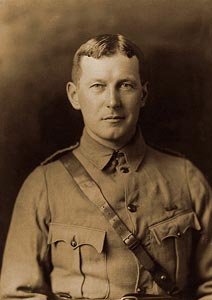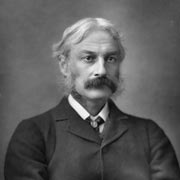So working on the world and how do you send letters magically?
Without involving owls, thank you. I send the kids to a magical school already. So no owls. Or doves or eagles or . . . .
I could have them sent by mailman. Still, a magical means to send them would add to the world-building. But eliminate winged messengers, and what other form of magic would be metaphorically suitable to transport them?
Something to brainstorm, I think.
Your Humble Correspondent replies:
The enchantment for this requires matched pairs of amulets: rings for choice, since they are so compact and convenient and easy to carry about. Each pair of rings is imprinted with the essence of both parties to the correspondence. You place your ring in a hearth or brazier, prepared to receive enchantment in the usual way, and the recipient (who is expecting your letter at any moment) does the same with his. You then build the smallest fire that will sustain itself, and burn the letter in it; whereupon the vibrations of essential fire in the matched rings will call each to each, and the other party can read your letter in the flames of his own fire, or in the ashes.
N.B. If, like any civilized person, you are carrying on epistolary friendships with many other people, you will want to get a specially constructed hearth with rows of brass pegs in the firebox, so that you can receive letters from whichever of your acquaintance wishes to write to you. When sending a letter, of course, you must remove all the rings except the one intended. It is considered good manners to kindle a fire in the sunset hour and keep it alight for some two to four hours thereafter, so that all correspondence may be conducted in the evenings.









Recent Comments